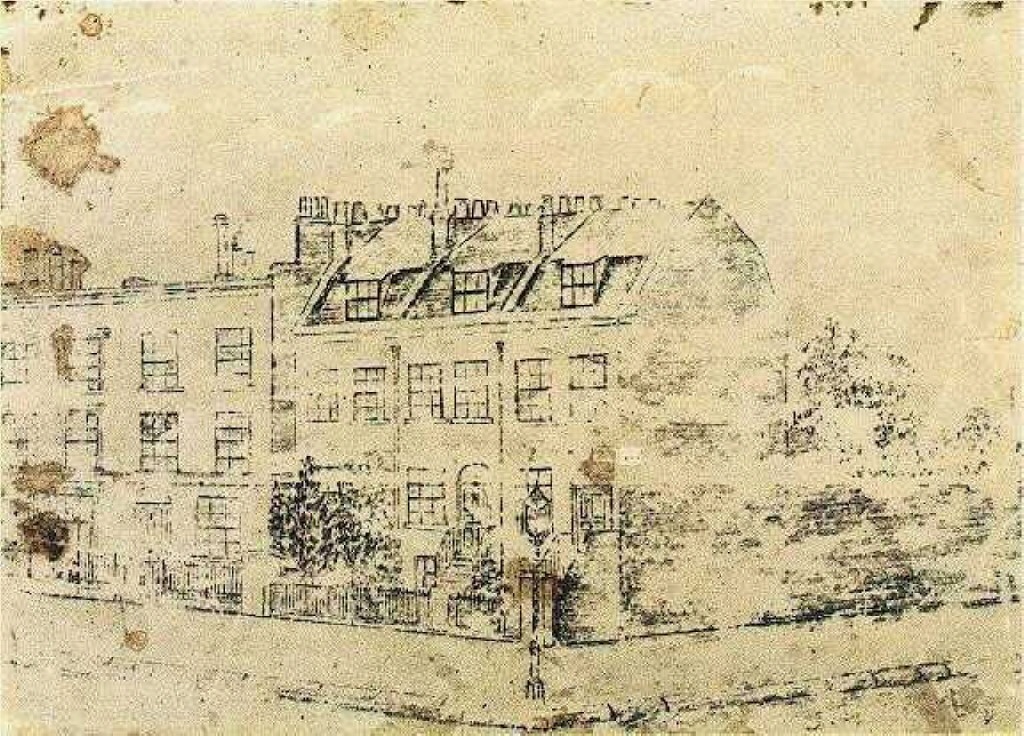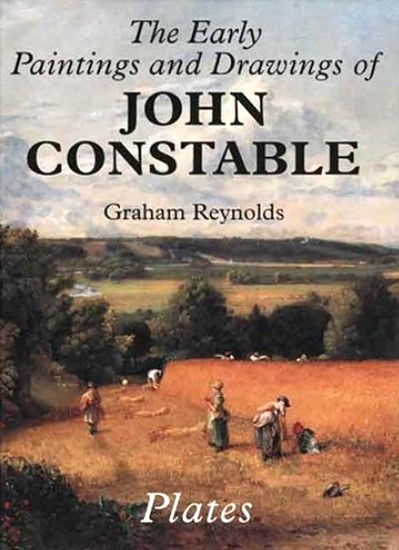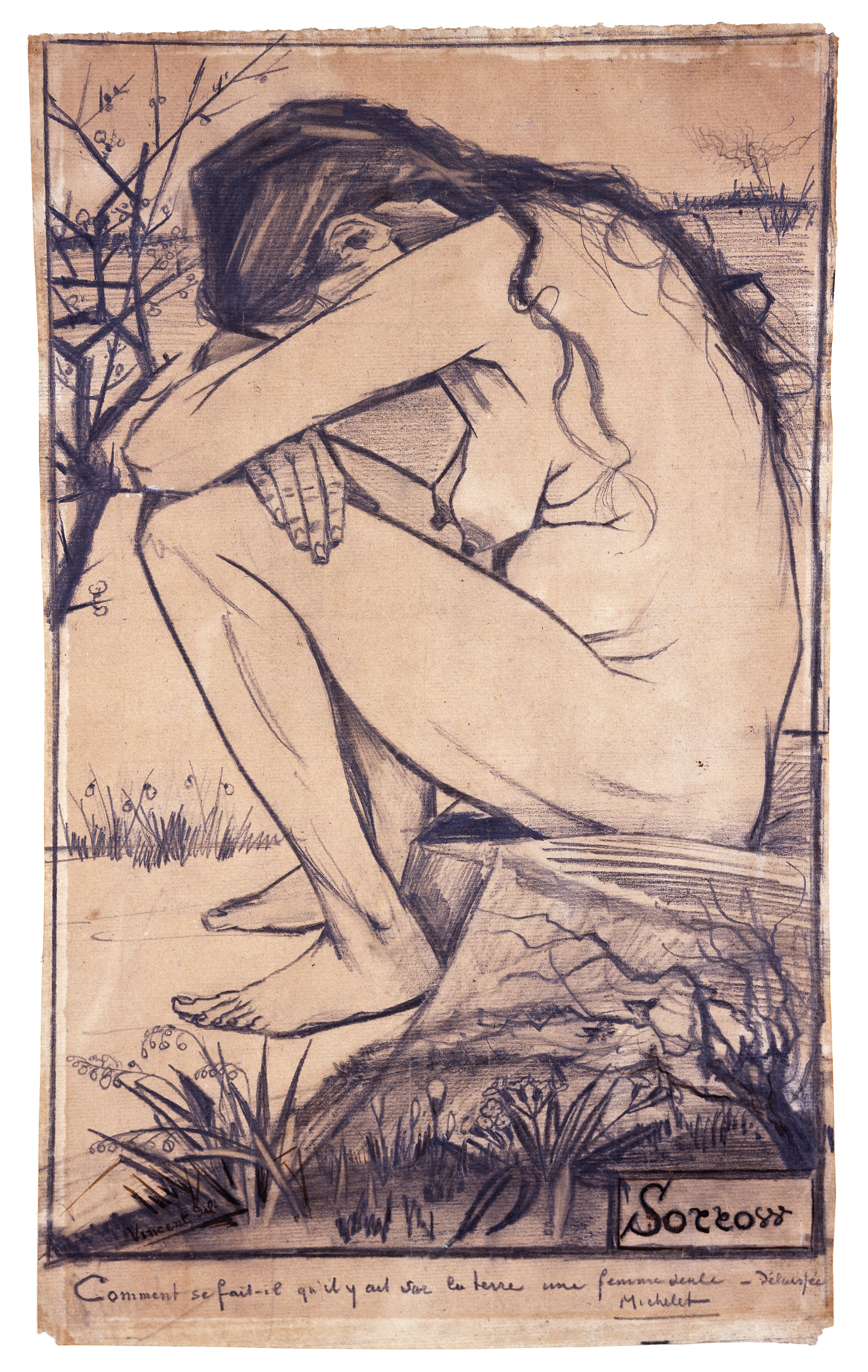|
Lying Cow
''Lying Cow'' is the name of two oil paintings created by Vincent van Gogh around 1882 when he was living at The Hague. In the 1970 ''catalogue raisonné'', based on Jacob Baart de la Faille's researches, the paintings were dated 1882. Jan Hulsker Jan Hulsker (2 October 1907, The Hague – 9 November 2002, Vancouver) was a Dutch art historian especially noted for his work on Vincent van Gogh. He studied Dutch literature in Leiden and was promoted with a thesis on the author Aart van der Lee ..., however, feels they must be associated with his 1883 painting '' Cows in the Meadow'', a painting known only by a very poor photograph, and accordingly dates them as August 1883, thus executed shortly before van Gogh broke with his mistress Sien Hoornik and left for Drenthe. See also * List of works by Vincent van Gogh References External links * Paintings of the Netherlands by Vincent van Gogh Paintings by Vincent van Gogh 1883 paintings Cattle in art {{19C-paintin ... [...More Info...] [...Related Items...] OR: [Wikipedia] [Google] [Baidu] |
Vincent Van Gogh
Vincent Willem van Gogh (; 30 March 185329 July 1890) was a Dutch Post-Impressionism, Post-Impressionist painter who posthumously became one of the most famous and influential figures in Western art history. In a decade, he created about 2,100 artworks, including around 860 oil paintings, most of which date from the last two years of his life. They include Trees and Undergrowth (Van Gogh series), landscapes, Still life paintings by Vincent van Gogh (Paris), still lifes, Portraits by Vincent van Gogh, portraits and Portraits of Vincent van Gogh, self-portraits, and are characterised by bold colours and dramatic, impulsive and expressive paintwork, brushwork that contributed to the foundations of modern art. Not commercially successful, he struggled with severe depression and poverty, eventually leading to his suicide at age thirty-seven. Born into an upper-middle class family, Van Gogh drew as a child and was serious, quiet, and thoughtful. As a young man, he worked as an ar ... [...More Info...] [...Related Items...] OR: [Wikipedia] [Google] [Baidu] |
Oil Painting
Oil painting is the process of painting with pigments with a medium of drying oil as the binder. It has been the most common technique for artistic painting on wood panel or canvas for several centuries, spreading from Europe to the rest of the world. The advantages of oil for painting images include "greater flexibility, richer and denser colour, the use of layers, and a wider range from light to dark". But the process is slower, especially when one layer of paint needs to be allowed to dry before another is applied. The oldest known oil paintings were created by Buddhist artists in Afghanistan and date back to the 7th century AD. The technique of binding pigments in oil was later brought to Europe in the 15th century, about 900 years later. The adoption of oil paint by Europeans began with Early Netherlandish painting in Northern Europe, and by the height of the Renaissance, oil painting techniques had almost completely replaced the use of tempera paints in the majority ... [...More Info...] [...Related Items...] OR: [Wikipedia] [Google] [Baidu] |
Jacob Baart De La Faille
Jacob Baart de la Faille (1 June 1886, Leeuwarden – 7 August 1959, Heemstede) compiled the first ''catalogue raisonné'' of the work of Vincent van Gogh, published in 1928. The catalogue was revised and republished by an editorial committee in 1970, and this version is considered to be the definitive catalogue of van Gogh's work. His catalogue numbers are preceded by an 'F': thus F612 refers to ''The Starry Night''. Shortly after the publication of the original catalogue, de la Faille became involved in a major fraud affair concerning the Berlin art dealer Otto Wacker. De la Faille had certified the authenticity of 30 paintings which were later determined to be fakes. Biography Jacob-Baart de la Faille was born to a Dutch father, Cornelis Baart de la Faille, and a Belgian mother, Henriette Adriana Krayenhoff. At the University of Utrecht he majored in law, not in art.Dr Jacob Baart de la Faille 1886–1959, in: Hammacher, ed., 1970, p. 39 Writings * J.-B. de La Faille: ''L ... [...More Info...] [...Related Items...] OR: [Wikipedia] [Google] [Baidu] |
Jan Hulsker
Jan Hulsker (2 October 1907, The Hague – 9 November 2002, Vancouver) was a Dutch art historian especially noted for his work on Vincent van Gogh. He studied Dutch literature in Leiden and was promoted with a thesis on the author Aart van der Leeuw. In 1953, he was appointed to the Ministerie van Cultuur, Recreatie en Maatschappelijk werk, in charge of the art department. In 1959, he became general director in charge of culture at large (directeur-generaal voor culturele zaken). The establishment of the Vincent van Gogh Foundation and the Van Gogh Museum in Amsterdam were among his major tasks. From the 1950s, Hulsker contributed to Van Gogh research, concentrating on the dating of Van Gogh's correspondence. In 1973, Hulsker's most important study was published, ''Van Gogh door Van Gogh'', which has not been translated from the Dutch. He is the author of an acknowledged ''catalogue raisonné'' of Van Gogh's work, published in 1978, revised in 1989 and again in 1996. His catalo ... [...More Info...] [...Related Items...] OR: [Wikipedia] [Google] [Baidu] |
Private Collection
A private collection is a privately owned collection of works (usually artworks) or valuable items. In a museum or art gallery context, the term signifies that a certain work is not owned by that institution, but is on loan from an individual or organization, either for temporary exhibition or for the long term. This source is usually an art collector, although it could also be a school, church, bank, or some other company or organization. By contrast, collectors of books, even if they collect for aesthetic reasons (fine bookbindings or illuminated manuscripts for example), are called bibliophiles, and their collections are typically referred to as libraries. History Art collecting was common among the wealthy in the Ancient World in both Europe and East Asia, and in the Middle Ages, but developed in its modern form during the Renaissance and continues to the present day. The Royal collections of most countries were originally the grandest of private collections but are no ... [...More Info...] [...Related Items...] OR: [Wikipedia] [Google] [Baidu] |
Early Works Of Vincent Van Gogh
The earliest known works of Vincent van Gogh comprise a group of paintings and drawings that Vincent van Gogh made when he was 27 and 28, in 1881 and 1882. Over the course of the two-year period Van Gogh lived in several places. He left Brussels, where he had studied for about a year in 1881, to return to his parents’ home in Etten (North Brabant), where he made studies of some of the residents of the town. In January 1882 Van Gogh went to The Hague where he studied with his cousin-in-law Anton Mauve and set up a studio, funded by Mauve. During the ten years of Van Gogh's artistic career from 1881 to 1890 Vincent's brother Theo would be a continuing source of inspiration and financial support; his first financial support began in 1880 funding Vincent while he lived in Brussels. In 1882 Van Gogh had an offer for a commission of paintings of The Hague however the paintings, now considered masterpieces, were not acceptable. Van Gogh started out primarily drawing and painting wit ... [...More Info...] [...Related Items...] OR: [Wikipedia] [Google] [Baidu] |
Random House
Random House is an American book publisher and the largest general-interest paperback publisher in the world. The company has several independently managed subsidiaries around the world. It is part of Penguin Random House, which is owned by German media conglomerate Bertelsmann. History Random House was founded in 1927 by Bennett Cerf and Donald Klopfer, two years after they acquired the Modern Library imprint from publisher Horace Liveright, which reprints classic works of literature. Cerf is quoted as saying, "We just said we were going to publish a few books on the side at random," which suggested the name Random House. In 1934 they published the first authorized edition of James Joyce's novel ''Ulysses'' in the Anglophone world. ''Ulysses'' transformed Random House into a formidable publisher over the next two decades. In 1936, it absorbed the firm of Smith and Haas—Robert Haas became the third partner until retiring and selling his share back to Cerf and Klopfer in 19 ... [...More Info...] [...Related Items...] OR: [Wikipedia] [Google] [Baidu] |
Catalogue Raisonné
A ''catalogue raisonné'' (or critical catalogue) is a comprehensive, annotated listing of all the known artworks by an artist either in a particular medium or all media. The works are described in such a way that they may be reliably identified by third parties, and such listings play an important role in authentification. Etymology The term ''catalogue raisonné'' is French, meaning "reasoned catalogue"Catalogue raisonné , ''Online Merriam-Webster Dictionary''. (i.e. containing arguments for the information given, such as attributions), but is part of the of the English-speaking art world. The spelling is never Americanized to "catalog", even ... [...More Info...] [...Related Items...] OR: [Wikipedia] [Google] [Baidu] |
Cows In The Meadow
''Cows in the Meadow'' is an oil painting created in 1883 by Vincent van Gogh Vincent Willem van Gogh (; 30 March 185329 July 1890) was a Dutch Post-Impressionist painter who posthumously became one of the most famous and influential figures in Western art history. In a decade, he created about 2,100 artworks, inc .... Van Gogh Gallery. Retrieved 17 February 2012 The painting was previously only known by a very poor photograph. See also * List of works by Vincent van GoghReferences External links *[...More Info...] [...Related Items...] OR: [Wikipedia] [Google] [Baidu] |
Sien (Van Gogh Series)
Vincent van Gogh drew and painted a series of works of his mistress Sien during their time together in the Netherlands. In particular, his drawing '' Sorrow'' is widely acknowledged as a masterwork of draftsmanship, the culmination of a long and sometimes uncertain apprenticeship in learning his craft. Commonly called Sien Hoornik, Clasina Maria Hoornik (1850–1904) lived with van Gogh during much of his time in The Hague from 1881 to 1883. Van Gogh used Sien, a pregnant prostitute, as a model for his work and later took Sien and her daughter into his home. Van Gogh made drawings and paintings of Sien and her daughter, baby and mother over that period, which reflected the domestic life and hardships of the working poor. Their relationship was not accepted by his family or supporters, although his brother Theo did not withdraw his support over it. It did contribute undoubtedly, however, to a split with Anton Mauve, a cousin-in-law and noted painter of the Hague School, who had ... [...More Info...] [...Related Items...] OR: [Wikipedia] [Google] [Baidu] |
Drenthe
Drenthe () is a province of the Netherlands located in the northeastern part of the country. It is bordered by Overijssel to the south, Friesland to the west, Groningen to the north, and the German state of Lower Saxony to the east. As of November 2019, Drenthe had a population of 493,449 and a total area of . Drenthe has been populated for 15,000 years. The region has subsequently been part of the Episcopal principality of Utrecht, Habsburg Netherlands, Dutch Republic, Batavian Republic, Kingdom of Holland and Kingdom of the Netherlands. Drenthe has been an official province since 1796. The capital and seat of the provincial government is Assen. The King's Commissioner of Drenthe is Jetta Klijnsma. The Labour Party (PvdA) is the largest party in the States-Provincial, followed by the People's Party for Freedom and Democracy (VVD) and the Christian Democratic Appeal (CDA). Drenthe is a sparsely populated rural area, unlike many other parts of the Netherlands; except for t ... [...More Info...] [...Related Items...] OR: [Wikipedia] [Google] [Baidu] |
Van Gogh - Liegende Kuh
A van is a type of road vehicle used for transporting goods or people. Depending on the type of van, it can be bigger or smaller than a pickup truck and SUV, and bigger than a common car. There is some varying in the scope of the word across the different English-speaking countries. The smallest vans, microvans, are used for transporting either goods or people in tiny quantities. Mini MPVs, compact MPVs, and MPVs are all small vans usually used for transporting people in small quantities. Larger vans with passenger seats are used for institutional purposes, such as transporting students. Larger vans with only front seats are often used for business purposes, to carry goods and equipment. Specially-equipped vans are used by television stations as mobile studios. Postal services and courier companies use large step vans to deliver packages. Word origin and usage Van meaning a type of vehicle arose as a contraction of the word caravan. The earliest records of a van as a vehi ... [...More Info...] [...Related Items...] OR: [Wikipedia] [Google] [Baidu] |











